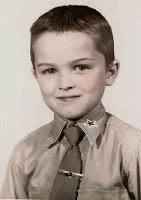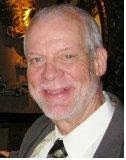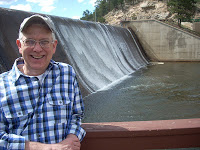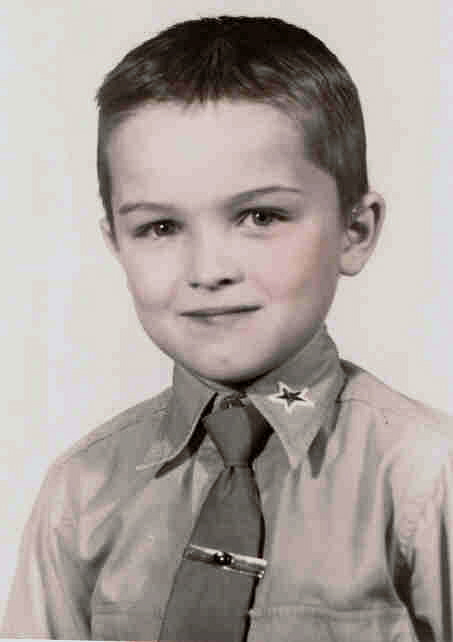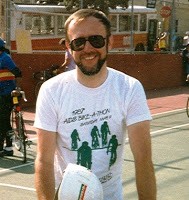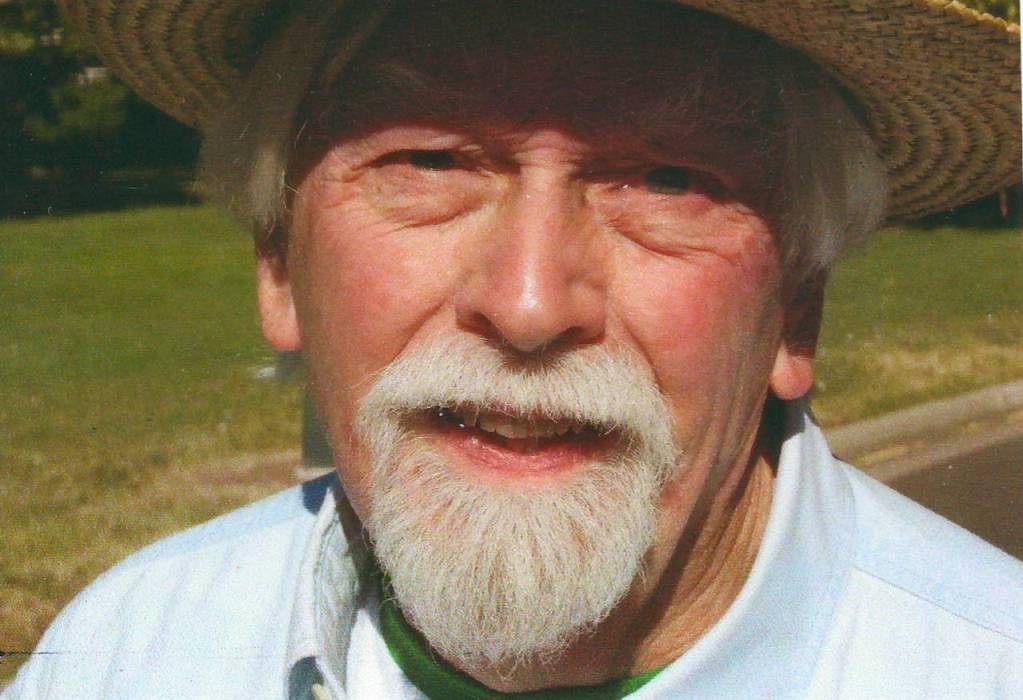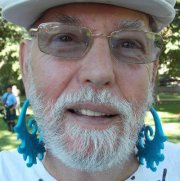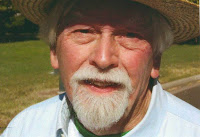Boys
and “exploring” naturally fit together like peanut butter and jelly or love and
marriage because curiosity and exploration are part of a boy’s job
description.
I began my career as an
explorer in January 1949 when I began to explore my home by crawling about on
the floor and tasting small objects I encountered. Eventually, I reached other rooms as I began
to walk and could “disappear” if my mother turned her back for more than 2-seconds. I don’t think the term “baby-proofing” existed
yet so drawers and cupboards were never off-limits to me. Mom did empress upon my mind, via my behind,
exactly which bottles and boxes were dangerous to me.
Somewhere between the ages of 1 and 3, I
learned without spankings that spiders with the red hour-glass emblem were very
dangerous and to stay away from them. I
suspect what I actually learned was, “if it has red, stay away.” Once I began to open doors and explore
outside the house, it was child’s play to open the gate in the fence and do
some serious exploring. I quickly
learned to take the dog with me so no one would notice I was gone.
My exploration
of kindergarten began in September 1953.
I looked over my classmates for a suitable playmate (I mean classmate)
with which to be friends and chose a girl of all people, Sandra Flora. I loved to color and play with all the messy
artistic stuff. In first grade, Sandra
and I were sent to a fifth grade class to be an example to the other kids on
how to work quietly. I’m sure I did not
measure up to the teacher’s expectations as I kept getting out of my seat,
quietly of course, and going to the book shelves trying to find a book with
lots of pictures. Being unsuccessful in
finding a book to keep me interested, I think the teacher became frustrated and
eventually sent us back to our class.
Now enter 1956, I (a newly arrived eight-year
old), was sent to live on my grandparents farm in central Minnesota while my
parents were arranging their divorce.
Suddenly, I had a whole farm to explore that summer (and ultimately),
autumn, winter, and spring in rotation.
Eighty acres of new frontier for the world’s greatest explorer and
trapper to collect beautiful animal pelts and bring them in for the women back
east to wear. (Okay, so they really were
not bison or bear pelts, but if an 8-year old boy squints, just right, under
the proper lighting conditions, gopher skins can look just like bison or bear
hides only smaller.)
1956
was the year of my awakening to the expanded world of exploring everything on
the farm: the barn, milk house, hayloft, silo, chicken coop guarded by a
vicious rooster, granary, workshop (nice adult stuff in there), equipment shed
where various farm implements were stored until needed, and the outhouse (the
stink you “enjoyed” twice a day). State
and county fair time brought other places to explore: animal barns for varieties
of chickens, pigs, cows, sheep, horses, etc., judging of canning, 4-H, displays
of quilts, new farm machinery (tractors, balers, rakes, yucky manure spreaders,
thrashers, and combines), and of course the midway in the evenings.
As
summer waned and school began, I met and made a few friends.
I rode
a school bus for three years in Los Angeles so that was not new. One of my neighboring farm friends and I were
part of the “space race” as we would design rocket ships every evening and then
compare them on the bus ride to school the next morning. Another farm boy and I did a bit of exploring
of another type while riding the bus to school with our coats covering our
crotches (use your imagination—and “No” we never were caught).
Another
schoolyard “exploratory” activity involved games. One favorite among all male students (townies
and farm boys) was marbles. Our version
involved scooping out a shallow depression next to the wall of the school,
placing the marbles we wanted to risk (bet) into the depression, and then
stepping back a distance (which increased with each turn) and attempting to
roll a “shooter” into the depression so it stayed. If more than one boy’s shooter stayed in, the
two “winners” would roll again from a greater distance and repeat the process
until there was only one shooter in the depression. The winner would then collect all the marbles
in the hole and the betting process would begin again. Sadly, I don’t remember the name of this
game.
The
second game we called Stretch. I can’t
speak for the townies, but all self-respecting farm boys had a small pocket
knife in one of his pockets all the time (including at school). In this game two boys would face each other
and one would start by throwing his knife at the ground at a distance
calculated to be beyond the reach of the other boy’s leg. If the knife didn’t stick, it was retrieved
and the other boy took his turn. If the
knife stuck, the other boy would have to “stretch” one leg/foot to touch the
knife all the while keeping the other leg/foot firmly in place where he had
been standing. If he was successful in
touching the knife without moving the other foot, he retrieved the knife,
returned it to its owner, and then took his turn of throwing the knife. If he could not touch the knife, he lost the
game and another boy would take his place challenging the winner.
The
third and fourth games were “King of the Hill” and snowball fights (obviously
reserved for winter recess). I trust I do
not need to describe these. In all of
these games, we boys were “exploring” our limits or increasing our skills.
The
elementary part of this school was of the old style, a “square” three-story
edifice with one classroom located at each of the corners of the first two
floors and storage rooms on the third floor.
The restrooms were in the basement and (miracles of miracles) the rope
to ring the bell up in the cupola on the roof ran all the way into the boys’
restroom. “Yes,” even during a pee break
(raise one finger and wait for permission) I would occasionally “just have to”
“explore” pulling on that rope and then run back to class, (mischievous is in a
boy’s job description).
Once I turned 10, I began to explore the woods
around our home sites in South Lake Tahoe.
My Boy Scout Troop provided many opportunities to explore not only the
great outdoors but also my own leadership skills and camping abilities. About this time, I also began to explore
other boys; not sexually, but socially; learning to interact with them and developing
an understanding of what “boy culture” is and is not. Well, to be completely honest, of course
there was a little pubescent sex play occasionally, but not on troop hikes or
campouts.
During
those halcyon days of early adolescence, more and more I learned that it is not
what a person looks like on
the outside but what a person is
on the inside that really matters.
Therefore, I now explore the minds of new acquaintances by getting to
know them enough to determine if they are friend or faux material.
Those
early years of exploring my environment’s people, places, and things shaped my
personality and instilled within my mind, a large dose of curiosity combined
with a love of knowledge. Those who know
me best can certify that I ponder on the strangest things or ask unexpected
questions on unusual topics in my searches for answers. If that bothers some people, it is just too
bad, because this is who I am; a curious little boy trapped in an adult body.
© 29 April 2013
About
the Author
I was born in June of 1948 in Los Angeles, living first in
Lawndale and then in Redondo Beach. Just
prior to turning 8 years old in 1956, I began living with my grandparents on
their farm in Isanti County, Minnesota for two years during which time my
parents divorced.
When united with my mother and stepfather two years later
in 1958, I lived first at Emerald Bay and then at South Lake Tahoe, California,
graduating from South Tahoe High School in 1966. After three tours of duty with the Air Force,
I moved to Denver, Colorado where I lived with my wife and four children until
her passing away from complications of breast cancer four days after the 9-11-2001
terrorist attack.
I came out as a gay man in the summer of 2010. I find writing these memories to be
therapeutic.
